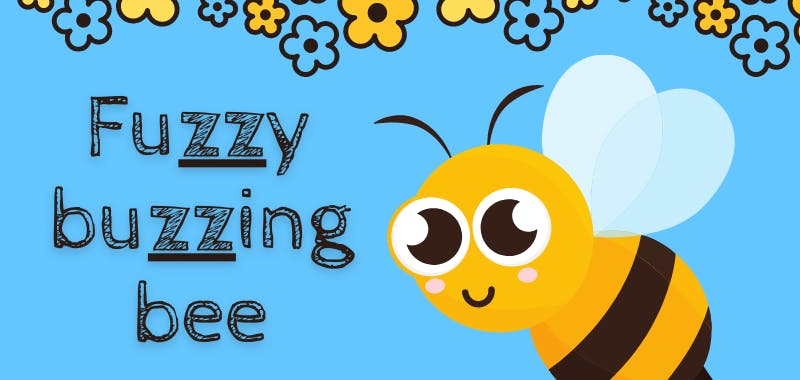Consonance - Definition and Examples
More content
The key to consonance rests with the respect of consonants.
What is Consonance?
Consonance… is all about consonants!
In the first sentence of this article, you can see a repeated “s” sound in many of the words. This is an example of consonance.
Consonance is a figure of speech that refers to repeated sounds. Specifically, it’s repeated consonant sounds in the middle or at the end of words. (If the repeated sound comes at the beginning of the grouped words, it’s called alliteration.)
Consonance is frequently used in genres like poetry, and it can make your writing sound rhythmic, percussive, and generally more interesting.
You can use consonance within just a few words, or you can use it in longer sentences. And, sometimes, writers use consonance for a full poem or paragraph!
The important thing is to put the same sounds very close together so that the reader (or listener) will understand their connection.
Let’s take a look at some consonance examples!
Most Common Examples of Short Consonance
You don’t need to write lots of words to hear the effects of consonance. Just two or three words will do the trick!
Here are some short examples of consonance:
- Funny bunny
- Fuzzy buzzing bee
- Blossom emblem
- A stash of cash
- Arctic parking
- Eleven silver knives
- Pitter-patter
- The empress’ dress
- Hodge-podge
- Zig-zag
- A floral laurel and sorrel arrangement
- Lucky duck
- Worn yarn
Examples of Consonance in a Sentence
On the other hand, you don’t have to limit yourself to a few words. Instead, you can spread out consonance over a full line or sentence. Here are some examples of consonance in full sentences:
- Take a sneak peak!
- He walked a path wreathed in the growth of thorns.
- Peter Piper picked a peck of pickled peppers.
- Can you smell the stink of the sink?
- My room became famous.
- She dressed as a filthy, wealthy wraith for Halloween.
5 Examples of Consonance in Poetry
Many poets use consonance in their work because it creates a rhythm and internal rhyme.
1. William Wordsworth - I Wandered Lonely as a Cloud
One great example of consonance in poetry comes in the very first stanza of William Wordsworth’s poem, I Wandered Lonely as a Cloud. In these lines, he repeats a “d” sound and an “l” sound.
“I wandered lonely as a cloud
That floats on high o’er vales and hills,
When all at once I saw a crowd,
A host, of golden daffodils;”
And depending on how narrowly you define consonance, there are actually even more examples in these 4 lines! There are the “t” sounds in “That floats” and the “w” sounds in “saw a crowd.”
2. Robert Frost - The Road Not Taken
Our next poet, Robert Frost, has a consonant “t” sound at the ends of each of his names! At the beginning of his poem The Road Not Taken, he repeats a “d” sound, as well.
“Two roads diverged in a yellow wood”
3. Billy Collins - Introduction to Poetry
Another poet, Billy Collins, also has a consonant name! And in his poem Introduction to Poetry, there’s “l” consonance at the end of the 3rd line:
“I ask them to take a poem
and hold it up to the light
like a color slide”
4. Adrienne Rich - Amends
In her poem Amends, Adrienne Rich also uses a repeated “l” sound:
“as it soaks through cracks into the trailers
tremulous with sleep
as it dwells upon the eyelids of the sleepers
as if to make amends.”
And that first line repeats the hard “c” sound in “soaks through cracks,” too!
When you look at Rich’s poem, you can see that writers will sometimes combine multiple forms of consonance within one stanza or one line.
5. Edgar Allen Poe - The Bells
And some poets even put multiple examples of consonance in just two words. If you look back at Wordsworth’s poem from the beginning of this section, you can see “golden daffodils” repeats the “d” and “l” sounds.
Edgar Allan Poe does something similar in his poem, The Bells. Here he combines both “l” and “t” consonance in just two words:
“All the heavens, seem to twinkle
With a crystalline delight;”
Consonance vs Assonance vs Alliteration
Consonance is just one of the forms of repetitive sound that you can find in writing. The other two are alliteration and assonance.
Alliteration is very similar to consonance because it also refers to repeated consonant sounds. However, these sounds occur at the beginnings of words.
For example, here is a comparison of consonance and alliteration using repeated “d” sounds:
- A red padded bed (consonance)
- A daily dose of dairy (alliteration)
On the other hand, assonance is the repetition of vowel sounds. And this repetition can happen anywhere in the word.
For example, this sentence has a repeated “ee” sound.
- I eat green peas.
Mixing all of these literary devices together in your writing can make your words sound amazing!
Conclusion
Celebrate that you’ve learned consonance: twist and shout! Consonance is a great way to excite your reader’s (or listener’s) ear. It can make your writing sound poetic and punchy, and it adds an internal rhyme to the words.
Plus, combining consonance with alliteration and assonance will really make your words shine. So, try working these literary devices into your next piece!
Also, check out the other pages on this website to learn more exciting grammar tips and tricks.
